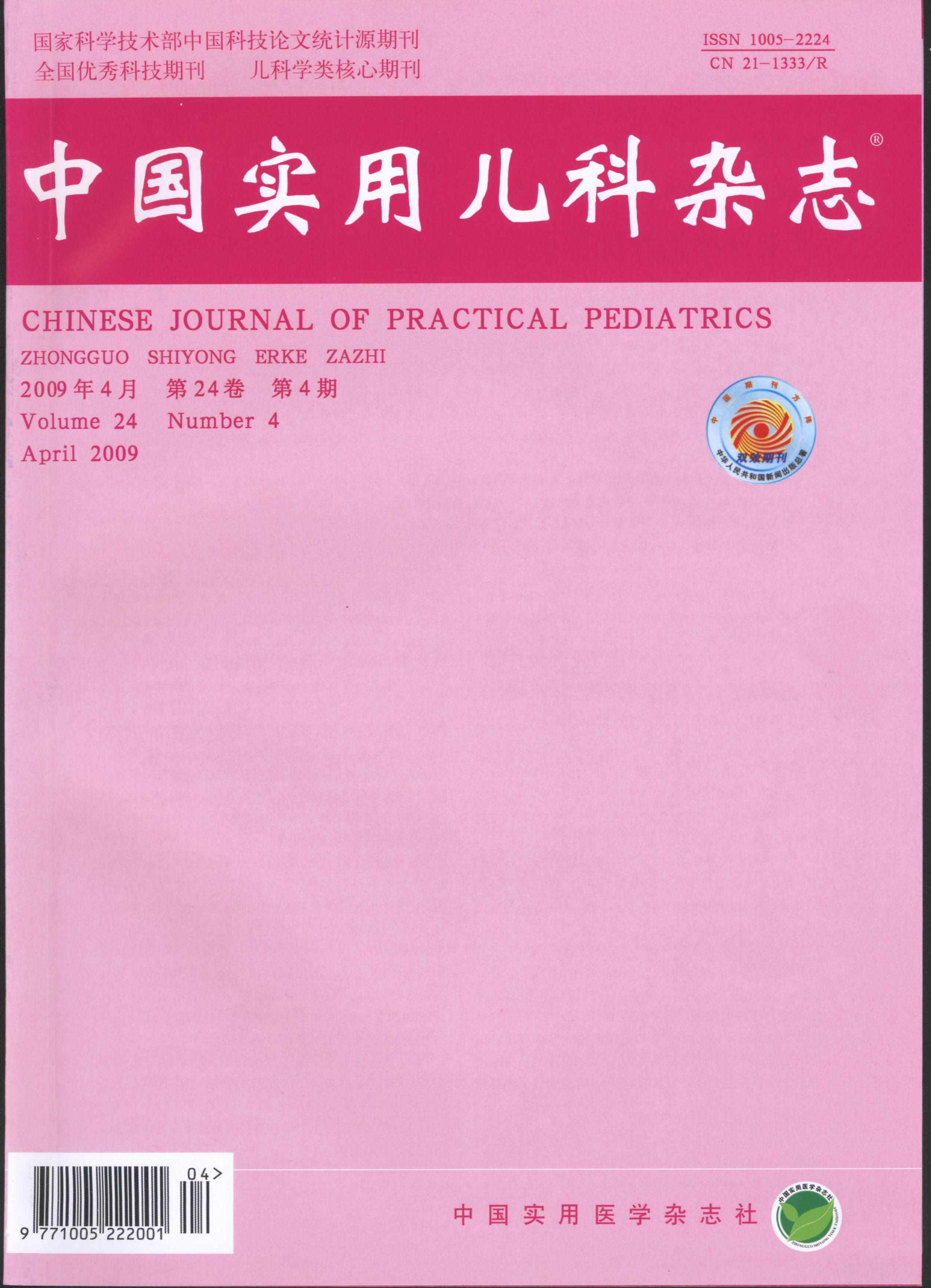Abstract:Objective To explore influence of probiotics (lactobacillus acidophilus) on the intestinal flora and bile composition in infantile hepatitis syndrome(IHS). Methods Researchers randomly assigned 60 IHS children who were the patients in Tongji Hospital from Mar.2002 to May 2008 into treatment group and control group in desired random number table. The treatment group received Lactobacillus LB sachet (two times a day, a packet each time,15 days as a course of treatment)and the control group received freeze dried culture medium,both on the basis of basic therapies such as UDCA(three times a day, 25 mg each time) and liver protection therapy. Total bilirubin(TB),direct bilirubin(DB),alanine aminotransferase(ALT), γ-glutamyltranspeptidase(γ-GT), totle bile acid(TBA) of serum and intraduodenal drain(bile) were observed before and after the treatment. SPSS 10.0 software was used to analyze the data. Results After two treatment courses, the effective rates were 92.86% in the treatment group and 74.07% in the control group respectively. Significant differences were observed between the two groups(P < 0.05). Compared with the control group,the levels of TB,DB,ALT,γ-GT and TBA in serum of treatment group reduced significantly(P < 0.05),and the liver size reduced obviously(P < 0.05),while the level of TB,DB,γ-GT and TBA in bile of treatment group increased significantly (P < 0.05) . There was no obvious side effect in the two groups. Conclusion There is intestinal flora disturbance in infantile hepatitis syndrome. Probiotics (Lactobacillus acidophilus) and UDCA can increase the excretion of bile flow, improve the function of liver, and stabilize the balance of intestinal flora, which has significant curative effect on infantile hepatitis syndrome (IHS).

